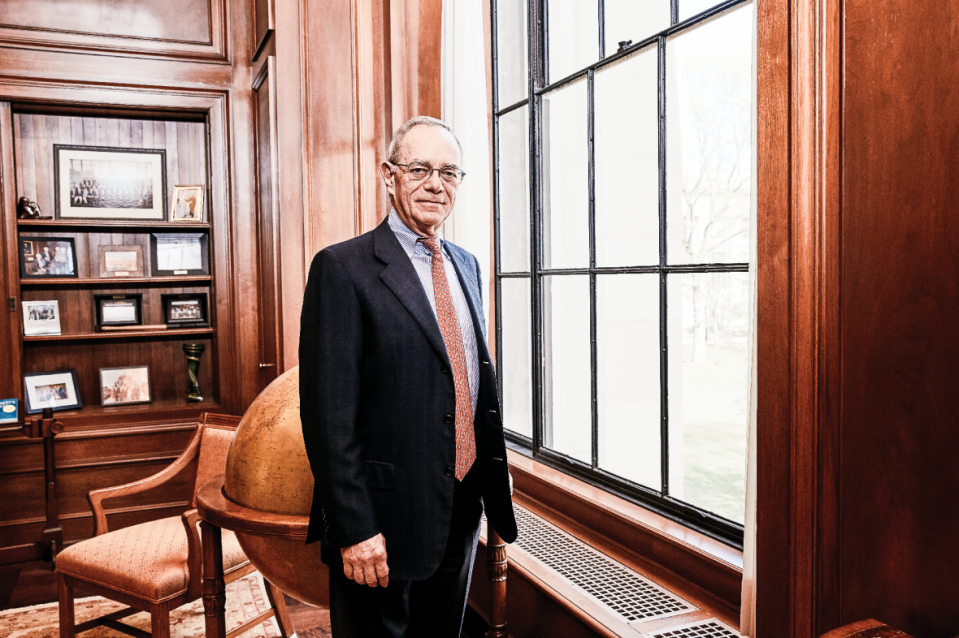

A frank examination of MIT’s past
When new data disrupts our old assumptions, it’s up to us to make a better model.

One afternoon last December, a group of undergraduates told me a story I had never heard before: the story, gradually being revealed by their original research, of the links between MIT, the legacy of slavery, and the process of rebuilding after the Civil War.
The moment was inspiring for several reasons. First, it’s always a thrill to see our students dig into a compelling topic that’s new to them. The class they were enrolled in, MIT and Slavery, was designed by Professor Craig Wilder and archivist Nora Murphy to meet in the Institute Archives, so it could focus on primary sources from MIT’s own history. As you would expect, our students brought to the challenge of excavating our history all the drive for discovery and problem-solving that you would find in an MIT lab. They were, in the best MIT tradition, learning by doing.
Second, as they presented a range of new facts about our institutional past, I watched them learning something crucial about history itself: that it is not a static set of assumptions but, rather, a model of reality that we use to understand the world. Just as in any scientific field, when new data disrupts our old assumptions, it’s up to us to make a better model. In effect, the students are using the bricks of their new knowledge to build a story of MIT that’s more complete, one that will help us better understand our place in history—the history of science and engineering, of American higher education, of New England, and of the nation.
Finally, I was struck by the students’ wisdom in understanding that technology is rooted in society; this also came through clearly at our community gathering in February, where they shared their initial findings.
We need not be trapped or burdened by our history. But I do believe that if we can look at it frankly, from our best moments to our worst, we have a much better chance of approaching the present and the future with humility and self-awareness. And that can only help us as we seek to make a better world for all.